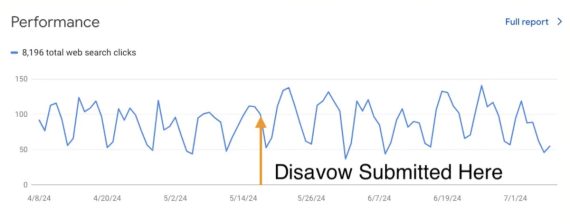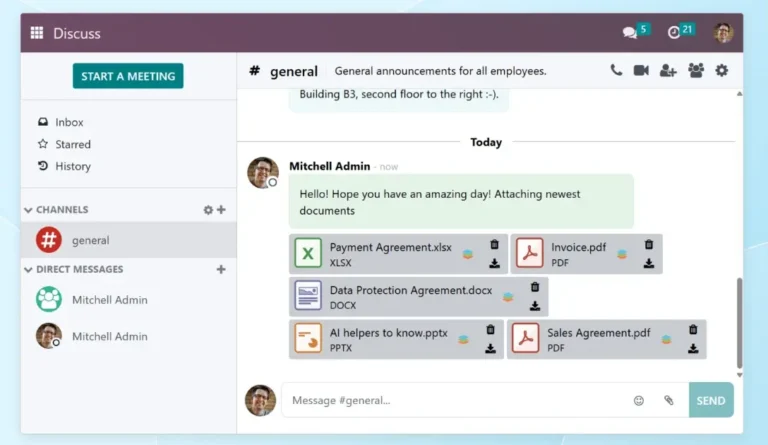
September 13, 2024
When it comes to on-page SEO, there’s one element that plays a pivotal role in both search engine rankings and user engagement: the HTML title tag. Often overlooked, this small but mighty piece of code can have a significant impact on how your website is perceived by search engines like Google and by potential visitors browsing the search engine results pages.

A well-optimized title tag not only helps search engines understand the content of your page, but it also serves as the first impression for users deciding whether to click on your link or scroll past it. In fact, a strong title tag can improve your click-through rate (CTR), boost your rankings, and ultimately drive more organic traffic to your site. In this post, we’ll dive into the essentials of optimizing the HTML title tag for SEO, covering everything from best practices to common mistakes, and providing actionable tips to help you get the most out of this critical SEO element.
What is a Title Tag?
A title tag is an HTML element that specifies the title of a web page. It’s one of the first things search engines look at when determining what your page is about, making it a critical component of on-page SEO. The title tag appears in three primary places: the browser tab, search engine results pages (SERPs), and social media shares.
Where You’ll See the Title Tag:
- In Browser Tabs: The title tag is displayed at the top of your browser window, helping users identify and navigate between open tabs.
- In SERPs: When someone searches for a topic, your title tag will appear as the clickable headline in the search results. This is often the first impression potential visitors have of your page.
- In Social Shares: When your page is shared on social media, the title tag typically serves as the title of the shared link.
Why It’s Important
Search engines like Google use the title tag to understand the subject matter of your page and assess its relevance to specific queries. It’s also one of the first things users see when they come across your page in search results. A compelling, well-crafted title can draw users in and encourage them to click on your link, while an unclear or poorly optimized title might cause them to scroll past your page.
In short, the title tag acts as both a signal to search engines about the content of your page and a persuasive element for users deciding whether to visit your site. Given its dual role, optimizing your title tag is essential for both ranking well and attracting clicks from the SERPs.
8 Best Practices for Optimizing Title Tags
Optimizing your title tags is essential for improving both search engine rankings and click-through rates. When done right, a title tag helps search engines understand your page content and entices users to click through to your site. Below are the key best practices to follow when crafting and optimizing your title tags:
1. Keep the Length Between 50-60 Characters
Search engines typically display the first 50-60 characters of a title tag, so it’s essential to keep it concise. If your title is too long, Google may truncate it in search results, cutting off important words or reducing the clarity of your message. Aim to stay within this character range to ensure your entire title is visible on both desktop and mobile devices.
2. Place Important Keywords Early in the Title
Search engines give more weight to the words at the beginning of the title tag, so it’s crucial to place your primary keywords near the start. This also makes it easier for users to quickly identify the relevance of your page in search results.
3. Make Titles Relevant to the Page Content
Your title tag should accurately describe the content of the page it represents. Misleading or clickbait-style titles might attract clicks initially but can lead to high bounce rates if the content doesn’t meet users’ expectations. This can hurt both your search rankings and user trust. Ensure your title tag provides a clear, honest representation of the page content.
4. Create Unique Titles for Each Page
Every page on your site should have a unique title tag. Duplicate title tags across multiple pages confuse search engines and can hurt your rankings. Unique titles help search engines distinguish the value and relevance of each page, improving your chances of ranking higher for different keywords.
5. Avoid Keyword Stuffing
While it’s important to include relevant keywords, overloading your title tag with keywords (known as “keyword stuffing”) can harm your SEO. Search engines penalize over-optimized titles that seem unnatural or spammy. Instead, focus on creating a title that reads well, is user-friendly, and incorporates your target keyword naturally.
6. Use Branding Wisely
Including your brand name in the title tag can help with brand recognition and trust, especially for well-known brands. However, there’s no need to include it on every page unless your brand is widely recognized. A common approach is to place the brand name at the end of the title.
7. Write for Users, Not Just Search Engines
While it’s essential to optimize for search engines, remember that real people will read your title tags too. A title tag that’s overly optimized or robotic won’t attract clicks. Focus on crafting a compelling, readable title that appeals to both search engines and users. Think of the title tag as a mini advertisement—make it engaging, informative, and relevant.
8. Leverage Numbers and Power Words
Including numbers or power words (e.g., “best,” “top,” “easy,” “ultimate”) can make your title more appealing and increase the likelihood of clicks. For example, “10 Easy SEO Tips for Beginners” is more engaging than a plain title like “SEO Tips.” Numbers and powerful words can give your title a sense of urgency or authority, which helps it stand out.
5. Common Mistakes to Avoid
While optimizing your title tags is crucial for SEO success, it’s just as important to avoid certain pitfalls that can harm your rankings or reduce click-through rates. Many of these mistakes are easy to make but can significantly impact your site’s performance. Here are some common title tag errors and how to avoid them:
1. Titles That Are Too Long or Too Short
Title tags should be between 50-60 characters for optimal display in search results. Titles that exceed this limit risk being truncated by Google, which can cut off important information and make your title less clear. On the other hand, titles that are too short may not fully convey the value or context of the page. Aim for concise yet informative titles that deliver enough context to entice users while staying within the character limit.
2. Using Generic or Vague Titles
A title tag like “Home” or “Welcome” doesn’t provide search engines or users with any useful information about the page’s content. Generic titles also miss an opportunity to include keywords that could help the page rank higher. Every title tag should be descriptive, specific, and aligned with the content of the page. Avoid vague titles like “Click Here” or “Learn More” that don’t convey value or relevance.
3. Ignoring Mobile-First Indexing
Google now primarily uses mobile-first indexing, which means it assesses and ranks your site based on how it performs on mobile devices. If your title tags are too long, they may be cut off on smaller screens. Always ensure your titles are optimized for mobile users by keeping them concise and easy to read across all devices.
4. Not Aligning the Title with Search Intent
It’s important to ensure that your title tag aligns with the intent behind the keywords you’re targeting. If users are looking for a specific type of content and your title tag suggests something different, they’re more likely to skip over your page or leave quickly after clicking. For example, if a user searches for “easy SEO tips,” and your title tag promises advanced strategies, it’s a mismatch in expectations. Always consider what users are looking for and craft your titles to match their intent.
5. Overlooking User Experience
While optimizing for search engines is important, neglecting user experience is a major mistake. Titles that are too focused on SEO may come across as robotic or unappealing to users. A good title should strike a balance between incorporating keywords and offering an engaging, readable headline that entices users to click.
Conclusion
Optimizing your HTML title tags is a critical aspect of on-page SEO that can significantly impact both your search engine rankings and the click-through rate from search engine results pages. As we’ve covered, title tags serve as a key signal to search engines about the content of your page, while also being the first impression users have of your site when they see it in search results.
To recap, focus on creating title tags that are concise (50-60 characters), strategically placing important keywords at the beginning, and ensuring they are relevant to the content on the page. Avoid common mistakes like creating duplicate titles, keyword stuffing, and using vague or misleading titles.
Remember, your title tag is not just for search engines—it’s an essential part of attracting and engaging users. Take the time to craft compelling, optimized title tags, and you’ll see the benefits in your site’s performance.
Simon Sterne
Simon Sterne is a staff writer at WebdesignerDepot. He’s interested in technology, WordPress, and all things UX. In his spare time he enjoys photography.






